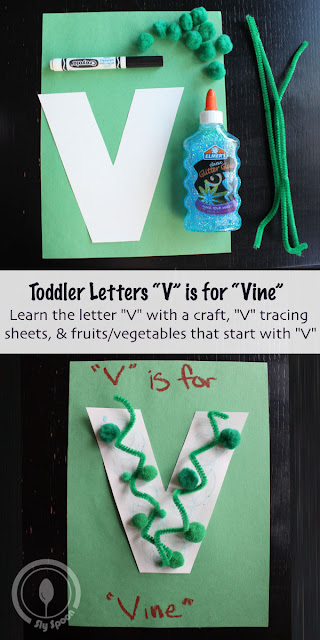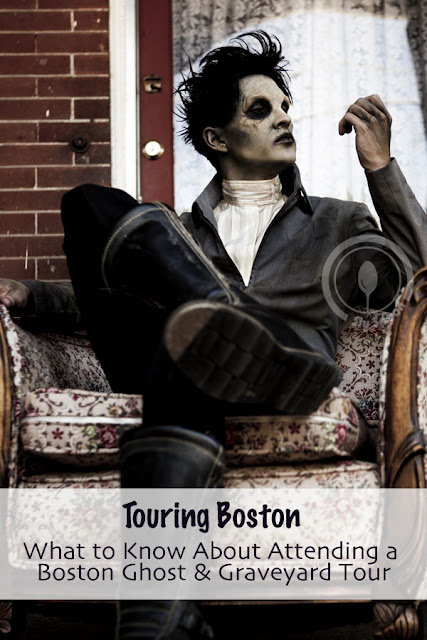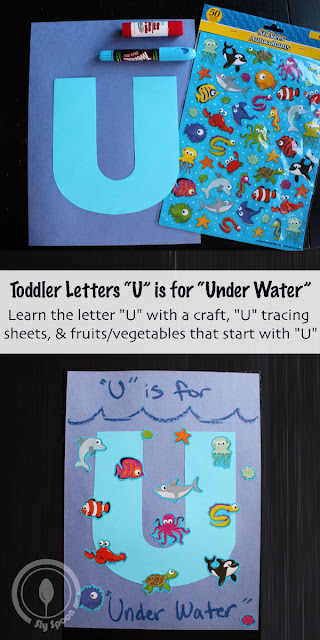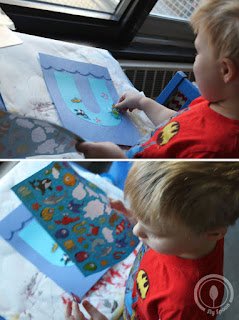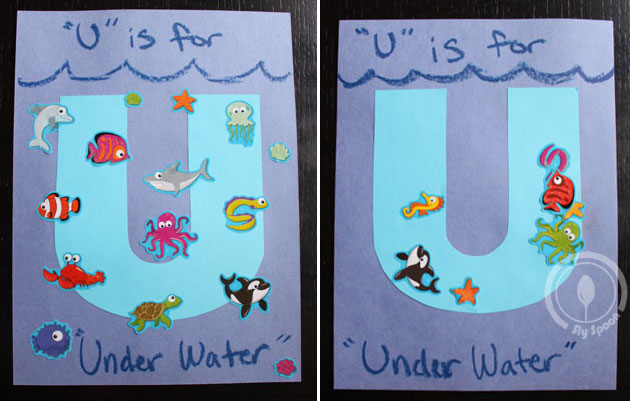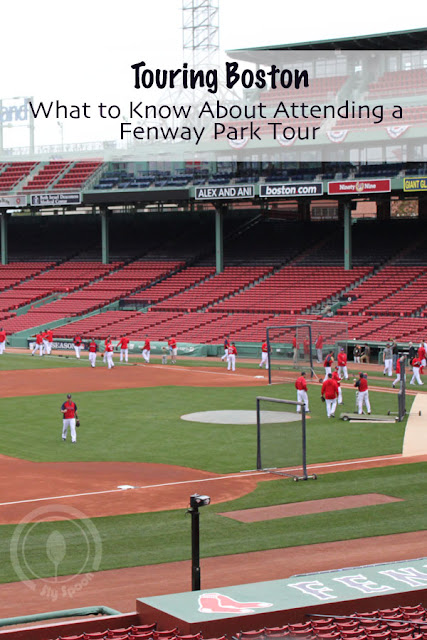
We walked to the Stadium, (though it’s also really close to the “T” if you want to take the subway), and then ended up walking around the whole stadium looking for gate D where the tour tickets were sold. There was a reporter/camera man out front and when he saw us (mostly my sister, decked in her Sox apparel) he asked if he could talk to us about the team, but we declined knowing we would sound so silly and clueless since we’re not really that into sports – I wish my dad could have been there, it would have been his moment to shine.
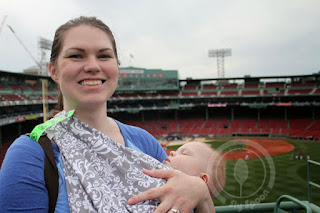
Online they said the tour was handicap accessible, which I took to mean I would be fine bringing a stroller, but when were got there it seemed like that was going to mean we would have to go way out of the way and keep catching up with the tour guides, so we left the stroller with security and I hauled my fat baby around the park. Holy crap my son is heavy and giant!
The Red Sox were on the field practicing during out tour which was pretty sweet, I mean we didn’t get to go to a game but it still kinda felt like we were at one, especially ten minutes into our tour when they started blasting music through the stadium for the Sox to warm up to. It was so loud it pretty much drown out our tour guide, but it made my sister and I dancey, and the tour started to feel like a party where we got to keep moving seats. It was so loud our tour guide gave up his lecture for half of the tour and just led us over to the Green Monster (giant wall with a great view of the field) to watch batting practice. I think someone from our group even caught a ball.
Things to Note:
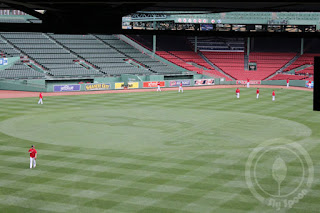
1. Pricing
It’s fairly expensive at $18/person or $12/child/student. You can buy you tickets online in advance and I think you can also get them at the ticket window when you get there. My infant son (and kids two and under) are free.
2. Stroller Friendliness… not so much
They say that the tours are handicap accessible, so I’m sure in a pinch you could haul along a stroller, but most of the tour was walking up and down the bleachers and through different areas of the park. I think you would end up going way out of your way to use the elevators and you would miss out on a lot of the tour. I would suggest avoiding bring a stroller if possible. Also, you can bring one to the stadium and leave it with security while you take your tour.
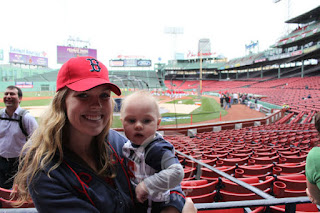
3. Workout
You will be walking up lots of stairs, beware this could be considered a work out.
4. You Don’t Get to Touch the Green or See the Dugouts. 🙁
Summary:
Even though we only got half the audio tour guided tour (due to the loud music the Red Sox were warming up to) we still really enjoyed it. It was great being able to walk around the park, learn the history, see the sights you wouldn’t be able to if you were going to a game. Most of all we enjoyed seeing the team warm up with the stadium to ourselves.
Rating: ★★★☆☆
Three stars. We really liked the tour. It was expensive and I did feel like we missed out on a bit of the information. It would have been nice to be able to get around a little more easily, but all in all we enjoyed being able to see the team and it was great to be able to see so many parts of the historical stadium.
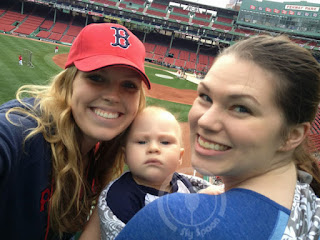
Fenway Park
4 Yawkey Way
Boston, MA 02215
Phone: 877.733.7699
Website:
http://boston.redsox.mlb.com/bos/ballpark/tour.jsp
Tour Schedule:
- Hours of operation are 9:00 a.m. – 5:00 p.m.
- Last tour departs at 5 p.m. on non-game days. On game days the last tour departs three hours before game time.
- Available year-round.
- Public Tours depart at the top of each hour.
